New Dark Matter Theory Involves The Smallest Black Holes In Existence
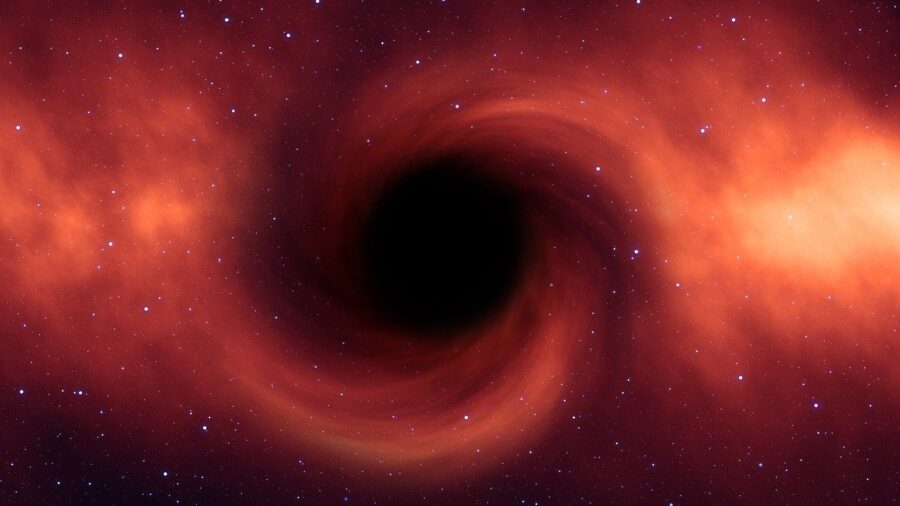
For more than a century, the scientific community has been grappling with a rather substantial problem, referred to as the missing mass problem. Apparently, there’s not enough visible matter in the universe that would explain why the universe behaves the way it does, and now, the scientists might’ve found the answer to the mystery of dark matter—it’s small black holes.
Tiny Black Holes Are The Key To Dark Matter

All the visible matter in the universe, including stars, planets, cosmic dust, beautiful nebulae, and everything else in between, cannot account for various phenomena and explain why our universe behaves the way it does.
This is where the concept of dark matter comes in—a matter that isn’t visible, as it doesn’t interact with light. However, we still haven’t directly observed dark matter, and scientists now believe that small black holes might hold the answers to finally getting a glimpse into dark matter.
Builds Off The Work Of Stephen Hawking

This was first theorized by Stephen Hawking, who postulated that dark matter could be hiding in primordial black holes, which are immensely dense celestial objects that absorb all light—and hence can’t be seen. The new study built upon Hawking’s theory has revealed that certain types of primordial black holes have some properties different from typical black holes that traverse and police the universe.
These black holes have emerged from trying to address the mystery of the dark matter and may hold the key to finally finding the elusive dark matter particle.
Breaking The Laws Of Physics
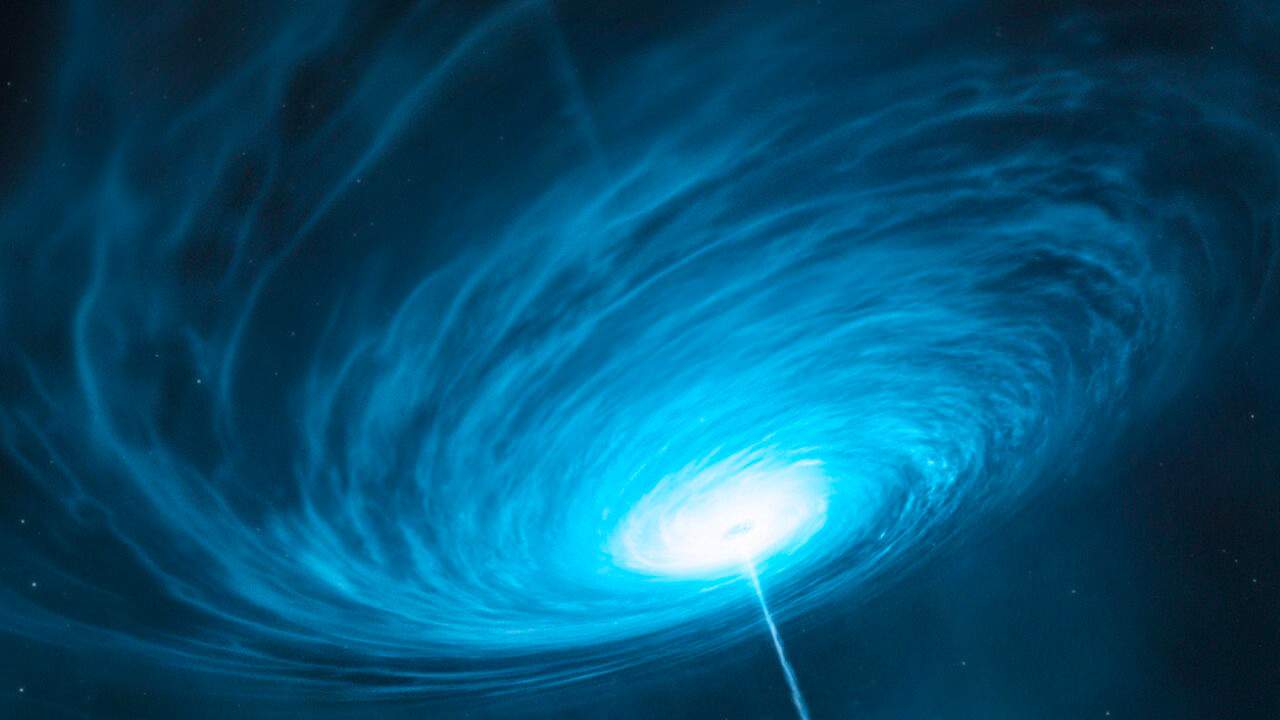
Here’s the thing: the outer regions of galaxies in our universe rotate at the same speed closer to the center, which contradicts Newtonian mechanics in which the rotational speed should decrease with distance from the center due to lesser gravitational pull.
However, that doesn’t happen, and everything rotates at the same speed, suggesting that there’s additional, unseen mass that provides the necessary gravitational pull that maintains speed. Thus, scientists have come up with the concept of dark matter, and they’re now trying to confirm using of black holes.
Dark Matter Is The Answer
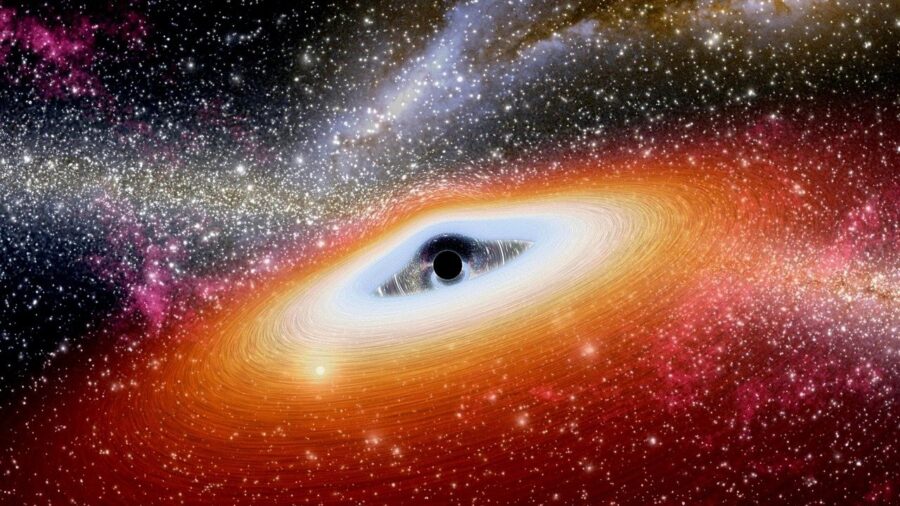
The new study suggests that black holes, which were only theorized before 1971, make up a portion of the dark matter present in the universe. These could potentially have masses different from the black holes we know today and could contribute to the missing mass problem, but the observational evidence supporting this idea is still lacking.
A Universe Filled With Black Holes
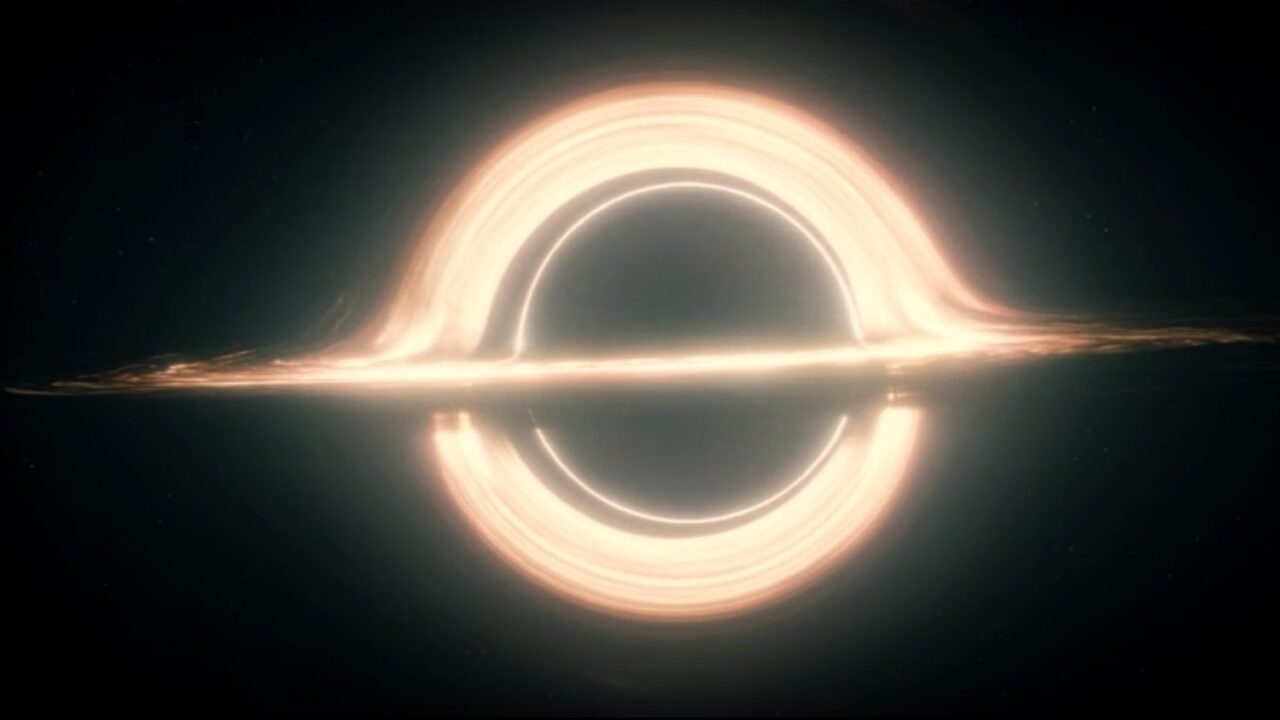
Truth be told, while black holes do contribute to the total mass of the universe, the number and size of black holes can’t possibly account for the vast amount of dark matter necessary to explain the missing mass problem.
“Actually, the universe is teeming with black holes,” explained Elba Alsono-Monsalve, co-author of the potentially groundbreaking study, “but the dark matter particle has not been found, even though people looked in all the places where they expected to find it. This is not to say dark matter is not a particle or that it’s for sure black holes. It could be a combination of both. But now, black holes as candidates for dark matter are taken much more seriously.”
Microscopic Black Holes
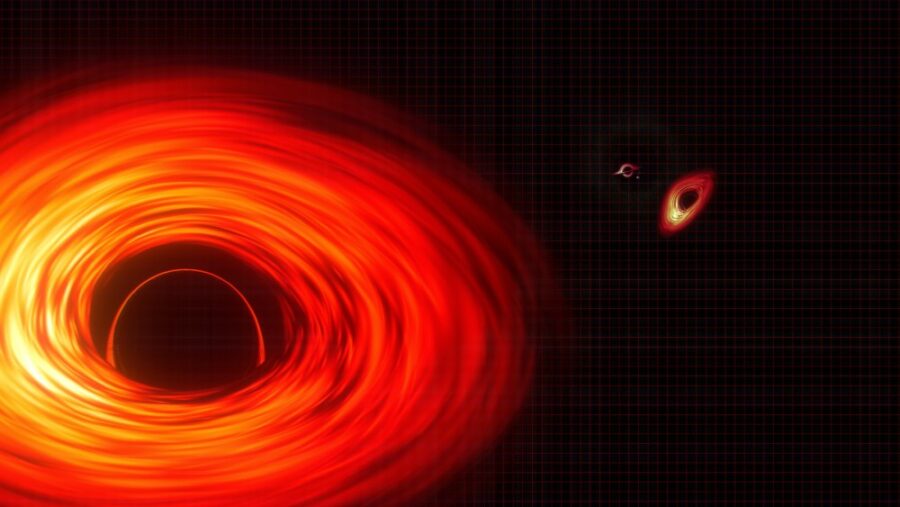
But it doesn’t mean that the researchers are headed in the wrong direction; the black holes that could be responsible for housing vast amounts of dark matter were formed during the formation of the universe, but a lot sooner than the moment when the first protons and neutrons were formed, and they feed on roaming quarks and gluons that sought to combine into elementary particles. This makes these black holes vastly different from the supermassive ones resulting from a collapsing star. In fact, they are so tiny—smaller than an atom—that they could easily act as dark matter.
Source: Physical Review Letters












